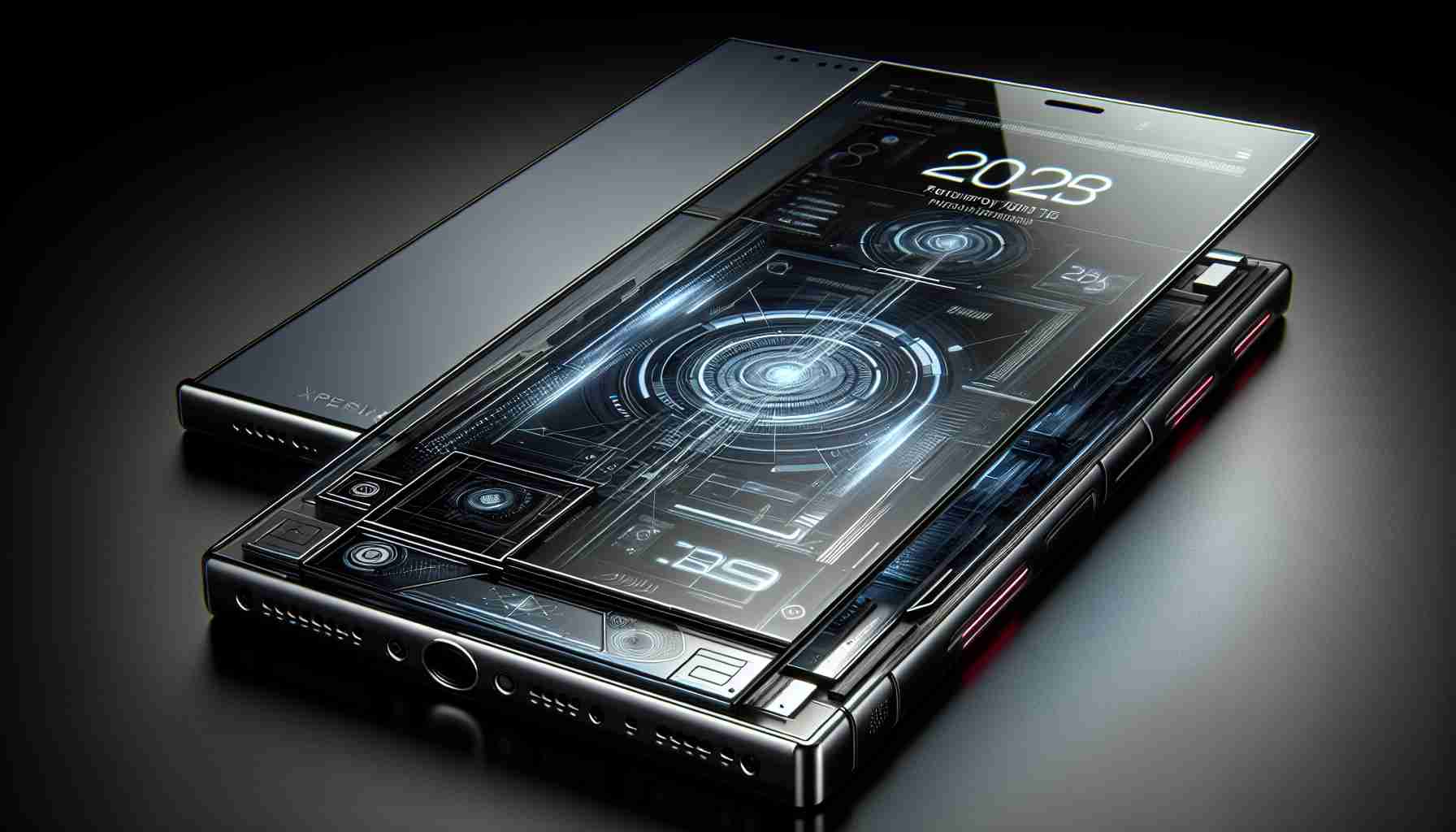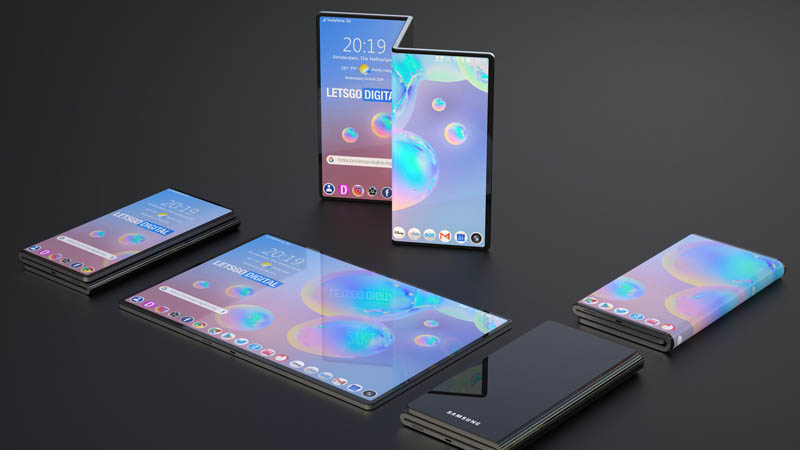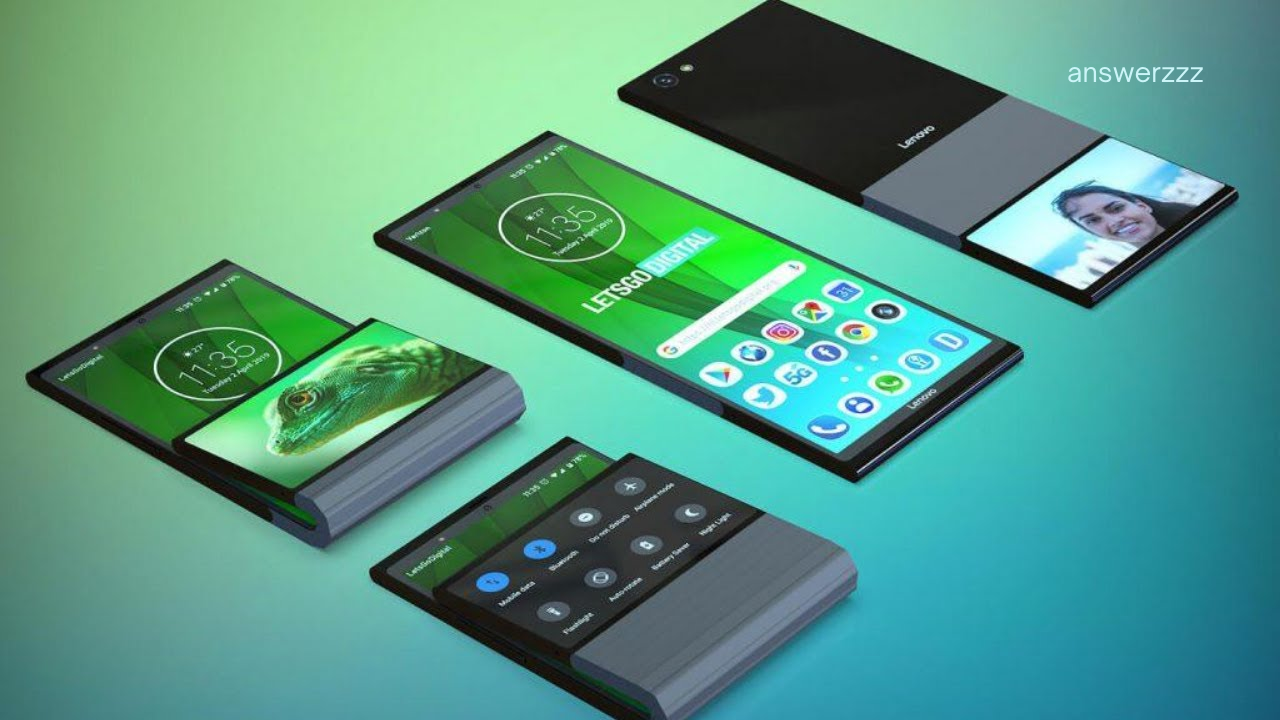Smartphones have undoubtedly become a central part of modern life. From communication and entertainment to productivity and beyond, these devices continue to evolve at a rapid pace. But as technology advances, so too do the capabilities and features of smartphones, making it exciting to consider what the future holds. With advancements in artificial intelligence (AI), 5G, augmented reality (AR), and other emerging technologies, next-generation smartphones are poised to deliver unparalleled experiences.
This article explores the cutting-edge trends and innovations shaping the future of smartphones, offering a glimpse into what we can expect from the next generation of devices. From hardware and design to software and connectivity, here’s what you can expect from the smartphones of tomorrow.
1. Revolutionary Designs and Display Technologies

Flexible and Foldable Screens
One of the most groundbreaking design advancements in the smartphone industry is the rise of foldable and flexible displays. With brands like Samsung, Motorola, and Huawei already offering foldable devices, this trend is expected to accelerate in the coming years.
Foldable smartphones open up a new dimension in terms of portability and functionality. Imagine a device that transforms from a sleek, compact phone into a large tablet with the simple act of unfolding it. With further refinement of OLED technology and the development of flexible glass materials, foldable smartphones will likely become more durable, affordable, and accessible to a wider audience.
Additionally, expect improvements in “rollable” screens—another promising design that allows the screen to extend or retract based on user preferences. This could lead to phones with expandable displays, providing more screen real estate without increasing the size of the device itself.
More Compact and Lightweight Designs
As foldable screens and flexible materials come into play, manufacturers will aim to produce devices that are even slimmer and lighter than before. In the future, smartphones may be able to offer larger screens without the bulky form factors seen in current devices. The use of new materials such as carbon fibre and graphene could make phones thinner and more lightweight while maintaining durability and strength.
Integration with Wearable Devices
As wearable tech continues to gain popularity, the future of smartphones may see deeper integration with these devices. Upcoming smartphones might feature seamless interaction with wearables such as smartwatches, fitness trackers, and augmented reality glasses. Expect smartphones to act as hubs that not only control wearables but also sync information across multiple devices with greater efficiency.
2. Enhanced Performance with Next-Gen Processors
Best Travel Gadgets for 2025: Pack Smart with These Essential Tech Tools
AI and Machine Learning Capabilities
Artificial intelligence (AI) is transforming the smartphone experience, and next-gen devices will take this to the next level. Future smartphones will feature more advanced processors with built-in AI capabilities, allowing devices to learn from user behaviour and adapt accordingly. This could lead to smarter devices that offer personalized recommendations, predict user actions, and automate tasks based on context.
Moreover, AI will be integrated into various applications, from photo editing and voice recognition to health monitoring and augmented reality. Expect enhanced performance in tasks such as real-time language translation, automatic photo enhancements, and contextual understanding, making smartphones even more intuitive and user-friendly.
5G and Beyond The Connectivity Revolution
While 5G networks are already being rolled out across the globe, the future of smartphones will go beyond just 5G. The next-generation mobile network technology, likely to be referred to as 6G, promises to deliver incredibly fast speeds, ultra-low latency, and a massive increase in connected devices.
For smartphone users, this means faster download speeds, more reliable video calls, and the ability to stream ultra-high-definition content without any lag or buffering. Enhanced 5G will also pave the way for innovations in IoT (Internet of Things), making smart cities, autonomous vehicles, and advanced healthcare applications more accessible.
Future smartphones will be built to harness these next-gen networks, with advanced antennas and optimized hardware to support ultra-fast 6G connectivity. The next evolution of wireless technology will open the door for entirely new mobile experiences, including seamless cloud gaming, instant access to augmented and virtual reality content, and improved connectivity with other devices and smart ecosystems.
3. Groundbreaking Camera Capabilities
Advanced Imaging and Computational Photography
The smartphone camera has become one of the most important features for consumers, with camera technology improving exponentially in recent years. Next-gen smartphones will continue this trend, with even more advanced imaging capabilities. We can expect to see improvements in both hardware and software that enhance the quality and flexibility of smartphone photography.
Computational photography, which combines hardware and software to create stunning images, will become more sophisticated in future devices. Features like real-time AI-enhanced image processing improved low-light performance, and advanced zoom capabilities are just the beginning. Smartphones will likely be equipped with multi-lens systems and more advanced image sensors, making them capable of capturing professional-quality photos and videos with ease.
Additionally, the introduction of LiDAR (Light Detection and Ranging) sensors will enhance depth perception for better AR experiences, sharper photos, and more accurate 3D scanning. Expect smartphones to push the boundaries of what we currently think is possible with mobile photography.
3D Imaging and Augmented Reality
Augmented reality (AR) is one of the most exciting frontiers for smartphone technology, and it will become an even more integral part of next-gen devices. The next generation of smartphones will feature more powerful AR capabilities, allowing users to interact with digital content in ways that feel more natural and immersive.
3D imaging and real-time object mapping will become more sophisticated, opening up new possibilities in gaming, shopping, education, and even professional applications. For example, AR could enable virtual try-ons for clothing or makeup, interactive tutorials, and enhanced navigation with real-time, location-based information.
In addition, smartphones will increasingly integrate sensors that enable more accurate tracking of the user’s surroundings. This will result in better AR experiences with fewer glitches and more realism. The combination of AR and 3D imaging will enhance the way users experience the world through their smartphones.
4. Advanced Battery Technologies

Longer Battery Life with Faster Charging
One of the perennial pain points of smartphone users is battery life. While advancements in battery technology have been made in recent years, next-gen smartphones will feature longer-lasting batteries that can last all day with heavy usage. These devices will use more efficient battery management systems, powered by advancements in AI, to ensure that your phone consumes less power without sacrificing performance.
Moreover, charging times will drastically improve. With fast-charging technologies already available, future smartphones will feature ultra-fast charging systems that can charge a device to full capacity in just minutes. Wireless charging will also continue to evolve, with improved efficiency and faster speeds. In the long term, we could see phones with wireless charging speeds that rival wired charging.
Energy-Efficient Displays
One of the biggest drains on smartphone battery life is the display. Future smartphones will feature more energy-efficient displays, with OLED and MicroLED technology improving in terms of both energy consumption and visual quality. These technologies allow for brighter, sharper screens with deeper blacks, all while consuming less power.
Additionally, expect the development of “always-on” displays, which allow for constant access to notifications and key information without draining your battery. As smartphones become more power-efficient, users will be able to enjoy their devices for longer periods without needing to recharge.
5. Seamless Integration with the Metaverse
Revolutionary New Gadgets That Will Transform Your Daily Life
As the metaverse continues to grow in prominence, smartphones will play a crucial role in its accessibility. In the future, smartphones will serve as gateways to the metaverse, enabling users to interact with virtual worlds in immersive and meaningful ways.
Through AR and VR technology, smartphones will allow users to experience virtual environments with increasing levels of realism. Expect devices to come with enhanced VR capabilities, potentially through the use of external accessories such as VR headsets, but with more advanced onboard sensors and processing power. This will create more interactive and enjoyable virtual experiences for gaming, socializing, and even virtual work.
6. Enhanced Security and Privacy Features
Biometric Authentication
Security will be a major focus in the future of smartphones. As digital transactions, social media, and sensitive data sharing become even more ingrained in our daily lives, smartphone manufacturers will continue to implement enhanced security features.
Biometric authentication, including facial recognition and under-display fingerprint sensors, will become more sophisticated, ensuring that only authorized users can access the device. These technologies will be more secure, faster, and harder to bypass, making it nearly impossible for unauthorized individuals to access your private information.
Privacy Enhancements
Privacy concerns are more relevant than ever, and the next-generation smartphone will feature even more robust privacy features. Expect more granular control over personal data, with easy-to-understand privacy settings and more transparency about how your data is being used. AI will also play a role in protecting privacy, with features like automatic data anonymization and better detection of suspicious activity or unauthorized access attempts.
The Future is Bright
The future of smartphones is incredibly exciting, filled with innovations that will change the way we interact with technology. From foldable displays and AI-powered performance to augmented reality and enhanced security features, next-gen devices will bring new possibilities that we can only begin to imagine.

As these technologies continue to develop, smartphones will become even more indispensable in our daily lives, helping us connect, create, work, and play in ways we never thought possible. Stay tuned—the best is yet to come.



